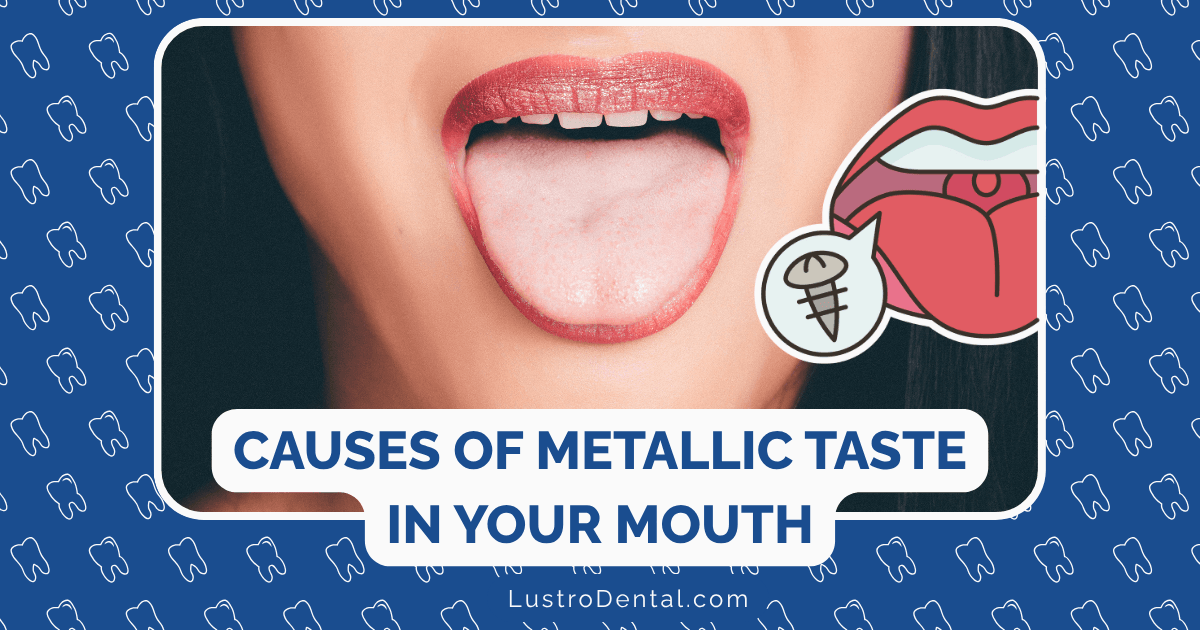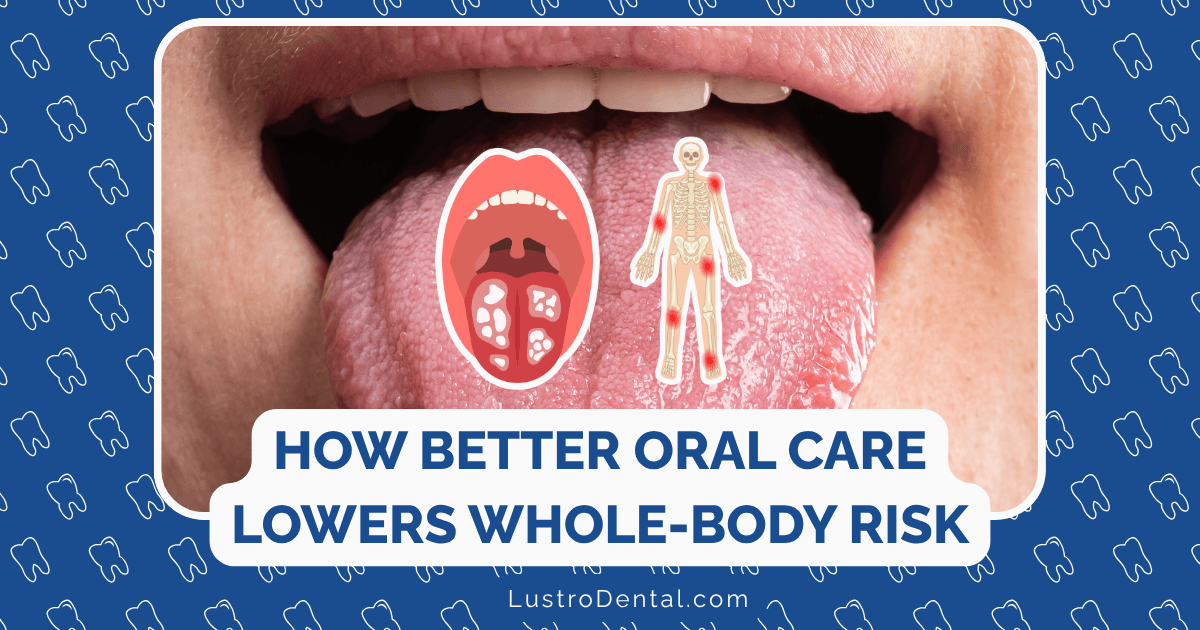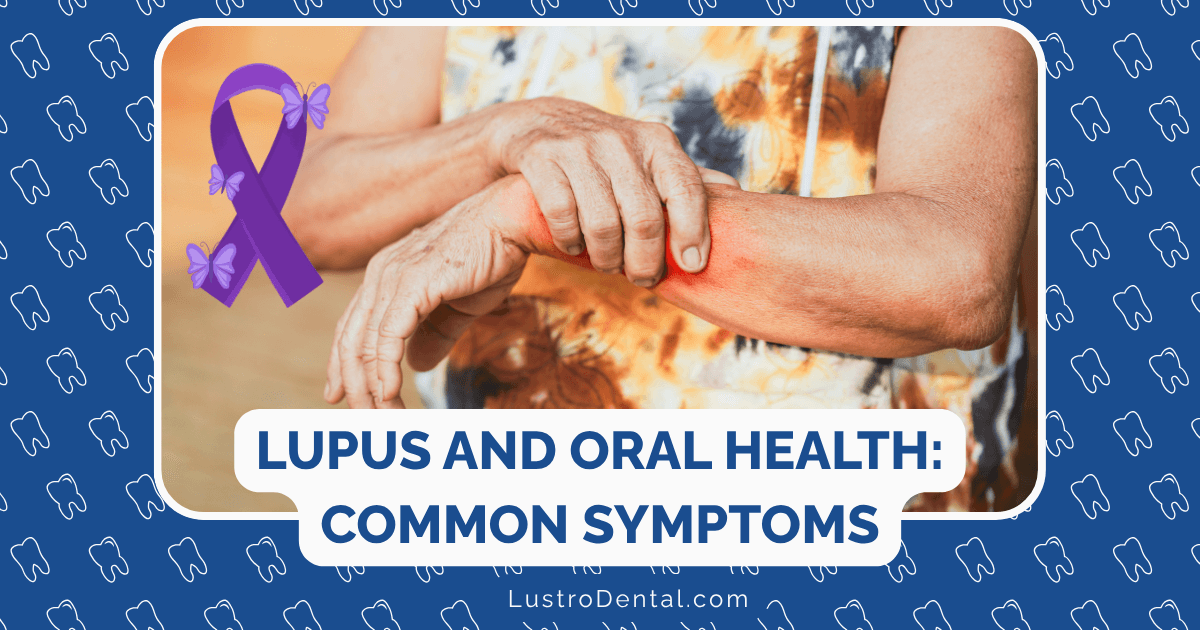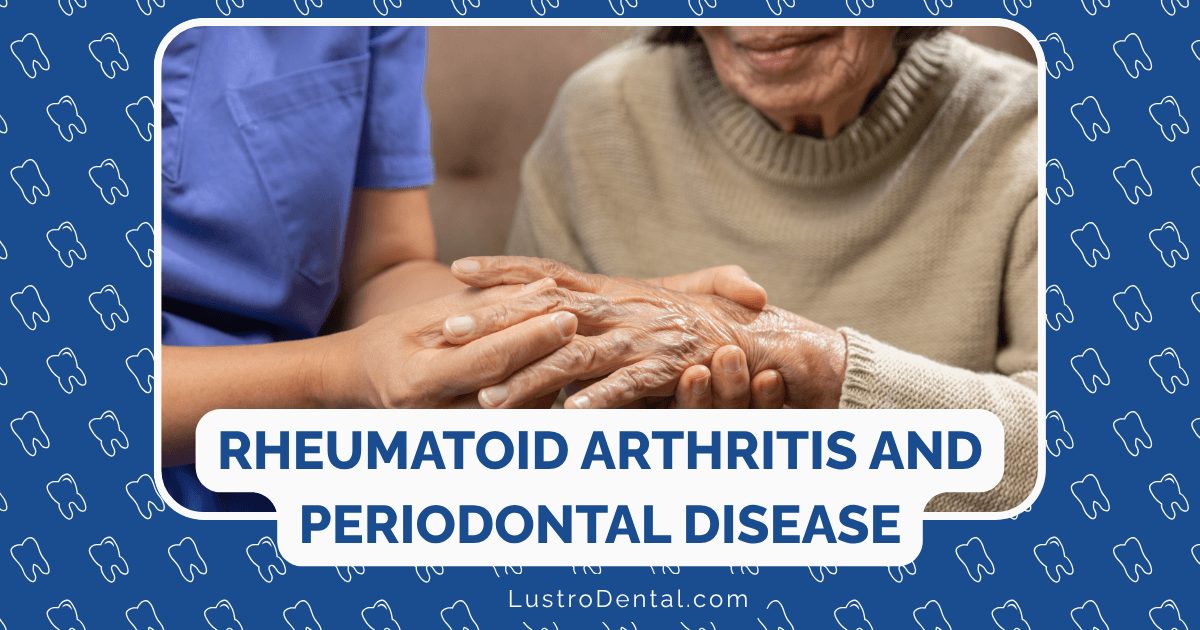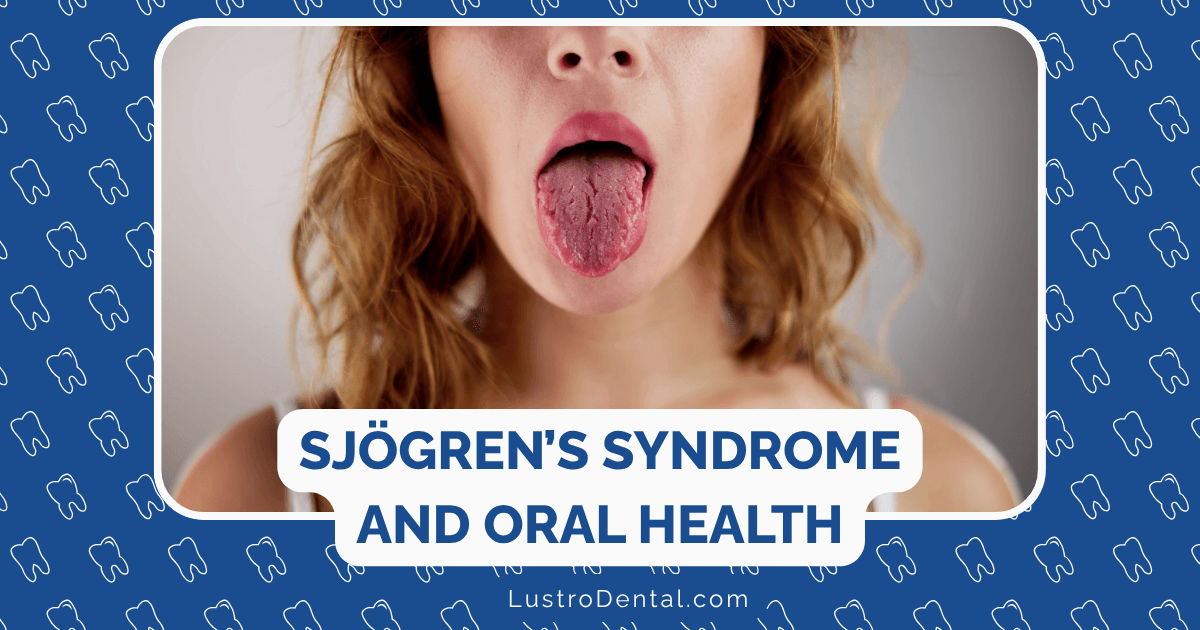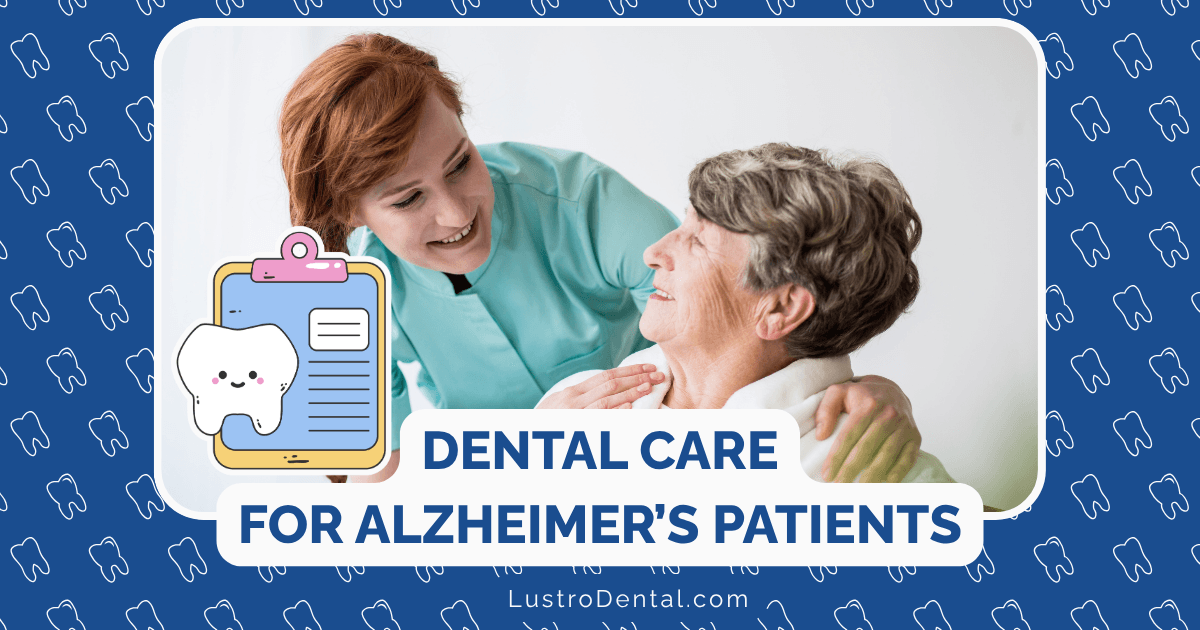The Common Thread: How Oral Inflammation Connects to Systemic Autoimmune Conditions
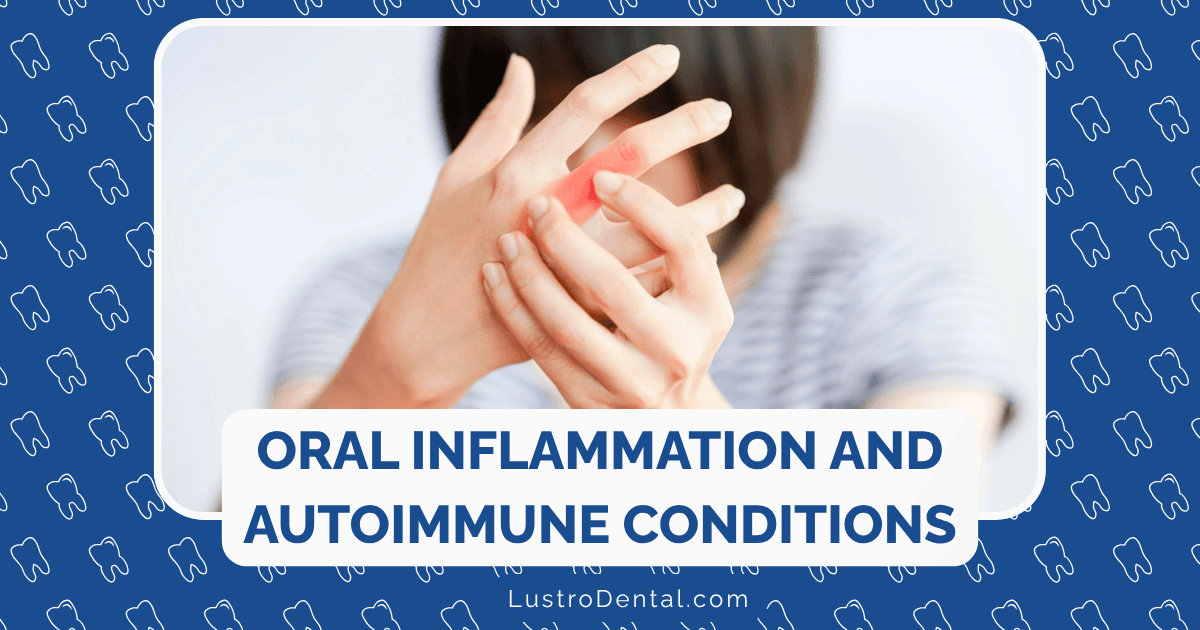
For decades, we’ve understood the mouth as a distinct entity—a system to be treated separately from the rest of the body. Yet emerging research reveals a far more interconnected reality: the health of our oral cavity is intimately linked with our systemic health, particularly when it comes to autoimmune conditions.
As a dental health advocate who has followed this research closely, I’ve observed how this paradigm shift is transforming both dentistry and medicine. The mouth isn’t merely a gateway to the body; it’s an active participant in whole-body health and disease processes.
In this article, we’ll explore the fascinating and complex relationship between oral inflammation and systemic autoimmune conditions like rheumatoid arthritis, lupus, and Sjögren’s syndrome. Understanding this connection could change how we approach both oral health and autoimmune disease management.
The Inflammatory Bridge: Understanding the Oral-Systemic Connection
Before diving into specific autoimmune conditions, let’s examine the mechanisms that create this crucial link between oral health and systemic autoimmunity.
Shared Inflammatory Pathways
Inflammation—the body’s response to injury or infection—serves as the primary bridge between oral health and systemic autoimmune conditions. Research published in PMC identifies several key mechanisms connecting oral inflammation to systemic diseases:
- Systemic Inflammation: Inflammatory mediators produced in response to oral bacteria can enter the bloodstream, contributing to systemic inflammation.
- Microbial Dysbiosis: Imbalances in oral microbiota can trigger immune responses that extend beyond the oral cavity.
- Immune Dysregulation: Chronic oral inflammation may contribute to broader immune system dysfunction, potentially triggering or exacerbating autoimmune responses.
- Molecular Mimicry: Certain oral bacteria produce proteins that resemble human proteins, potentially confusing the immune system and leading to autoimmune attacks.
Dr. Sarah Chen, an immunologist specializing in oral-systemic connections, explains: “The oral cavity contains nearly 700 species of bacteria. When these communities become imbalanced, the resulting inflammation doesn’t stay confined to the mouth. It can have far-reaching effects throughout the body, particularly in individuals with genetic predispositions to autoimmunity.”
The Role of Inflammasomes
Recent research has identified inflammasomes—multiprotein complexes that play a central role in the inflammatory response—as key players in both periodontal disease and autoimmune conditions.
A 2025 study published in the Annals of Research in Medicine and Health highlights the NLRP3 inflammasome as particularly significant. When activated by oral pathogens, NLRP3 triggers the release of pro-inflammatory cytokines like interleukin-1β (IL-1β), which can:
- Exacerbate tissue destruction in the periodontium
- Enter the systemic circulation
- Potentially trigger or worsen autoimmune responses in susceptible individuals
The Autoimmune Component of Periodontal Disease
Intriguingly, periodontal disease itself may have autoimmune characteristics. Research from the National Center for Biotechnology Information has found evidence of:
- Autoreactive T cells in periodontal tissues
- Autoantibodies against collagen and other self-components
- Polyclonal B cell activation by periodontal plaque bacteria
This suggests that the relationship between periodontal disease and autoimmune conditions may be bidirectional, with each potentially influencing the other’s development and progression.
Rheumatoid Arthritis and Oral Health: A Two-Way Street
Among autoimmune conditions, rheumatoid arthritis (RA) shows perhaps the strongest and most well-documented connection to oral health, particularly periodontal disease.
Epidemiological Links
The relationship between RA and periodontal disease is striking:
- Patients with RA are approximately twice as likely to have periodontal disease compared to the general population
- The severity of RA often correlates with the severity of periodontal disease
- Both conditions share similar inflammatory profiles and risk factors
The Porphyromonas gingivalis Connection
At the center of the RA-periodontal disease relationship is a bacterium called Porphyromonas gingivalis (P. gingivalis)—one of the primary pathogens in severe periodontal disease.
This bacterium possesses a unique enzyme called peptidylarginine deiminase (PAD), which can modify proteins through a process called citrullination. In genetically susceptible individuals, these citrullinated proteins may trigger an autoimmune response that leads to the production of anti-citrullinated protein antibodies (ACPAs)—a hallmark of RA.
Dr. Michael Rodriguez, a rheumatologist specializing in RA, notes: “The discovery of P. gingivalis‘s ability to citrullinate proteins provided a potential mechanistic link between periodontal disease and RA. It helps explain why these two conditions so frequently co-occur and suggests that addressing oral health might be an important component of RA management.”
Clinical Implications
This connection has significant implications for clinical practice:
- Early Detection: Dentists may be in a position to identify patients at risk for RA based on their periodontal status.
- Integrated Treatment: Managing periodontal disease may help reduce the inflammatory burden in RA patients.
- Preventive Strategies: Maintaining good oral health could potentially reduce the risk of RA development or progression in susceptible individuals.
A study cited in Nature Reviews Immunology found that local treatment of periodontitis can improve surrogate markers of RA, suggesting that dental interventions may complement traditional RA management.
Systemic Lupus Erythematosus: Oral Manifestations and Connections
Systemic lupus erythematosus (SLE or lupus) is another autoimmune condition with significant connections to oral health.
Oral Manifestations of Lupus
Lupus frequently manifests in the oral cavity, with approximately 25-30% of patients experiencing oral symptoms. These can include:
- Oral ulcers: Often painless, these typically appear on the hard palate, buccal mucosa, or gums
- Oral lichenoid lesions: White, lacy patterns on the oral mucosa
- Xerostomia (dry mouth): Due to salivary gland involvement or medication effects
- Periodontal disease: More prevalent and severe in lupus patients
These oral manifestations can serve as important diagnostic clues, particularly since oral ulcers are included in the diagnostic criteria for SLE established by the American College of Rheumatology.
Inflammatory Mechanisms
The connection between lupus and oral health involves several inflammatory pathways:
- Shared Immune Dysregulation: Both conditions involve abnormal B-cell and T-cell responses.
- Toll-like Receptor (TLR) Activation: According to research published by Wiley Online Library, TLRs recognize pathogen-associated molecular patterns and damage-associated molecular patterns, triggering inflammatory responses in both periodontal disease and lupus.
- Regulated Cell Death Pathways: Processes like apoptosis, necroptosis, and pyroptosis contribute to both periodontal tissue destruction and lupus pathogenesis.
- Mitochondrial Abnormalities: Mitochondrial DNA mutations and oxidative stress play roles in both conditions.
Bidirectional Relationship
The relationship between lupus and oral health appears to be bidirectional:
- Lupus can lead to oral manifestations and increased susceptibility to periodontal disease
- Periodontal inflammation may exacerbate lupus symptoms by increasing systemic inflammation
- Both conditions can affect and be affected by medication use
This suggests that comprehensive management of lupus should include attention to oral health, and conversely, that dental providers should be aware of the potential systemic implications of oral inflammation in lupus patients.
Sjögren’s Syndrome: When Oral Manifestations Take Center Stage
Unlike RA and lupus, where oral manifestations are common but not universal, Sjögren’s syndrome almost always involves the oral cavity, with dry mouth (xerostomia) being one of its defining features.
Primary vs. Secondary Sjögren’s Syndrome
Sjögren’s syndrome can occur as:
- Primary Sjögren’s syndrome: When it appears alone
- Secondary Sjögren’s syndrome: When it occurs alongside other autoimmune conditions like RA or lupus
According to the American Dental Association, approximately 3 million Americans have Sjögren’s disease, with women accounting for 86% of cases.
Oral Manifestations and Complications
The oral manifestations of Sjögren’s syndrome are extensive and can significantly impact quality of life:
- Xerostomia (dry mouth): Due to inflammation and destruction of salivary glands
- Increased dental caries: Due to reduced salivary flow and altered saliva composition
- Oral candidiasis: More common due to reduced antimicrobial properties of saliva
- Difficulty speaking and swallowing: Due to lack of lubrication
- Enlarged salivary glands: Due to inflammatory infiltration
- Altered taste perception: Due to changes in saliva composition and quantity
Dr. Jennifer Lee, a specialist in oral medicine, explains: “Saliva isn’t just water—it’s a complex fluid containing enzymes, antibodies, and other compounds that protect the oral cavity. When salivary function is compromised in Sjögren’s syndrome, the entire oral ecosystem is disrupted, leading to a cascade of dental and oral health problems.”
Diagnostic Importance of Oral Symptoms
The oral manifestations of Sjögren’s syndrome aren’t just symptoms to be managed—they’re crucial diagnostic indicators. According to the National Center for Biotechnology Information, a minor salivary gland biopsy showing focal lymphocytic sialadenitis is considered the gold standard for diagnosing Sjögren’s syndrome.
This places dental professionals in a unique position to identify potential Sjögren’s syndrome cases, particularly since xerostomia is often the first symptom patients notice.
The Broader Impact: Other Autoimmune Conditions
While RA, lupus, and Sjögren’s syndrome show the most well-documented connections to oral health, other autoimmune conditions also demonstrate important oral-systemic relationships.
Inflammatory Bowel Disease (IBD)
Research published in Nature Reviews Immunology indicates that:
- Periodontal disease can exacerbate colitis through the oral-gut axis
- Oral bacteria may influence gut microbiota and intestinal inflammation
- Both conditions involve similar inflammatory pathways and immune dysregulation
Psoriasis and Psoriatic Arthritis
Emerging evidence suggests connections between periodontal disease and psoriatic conditions:
- Shared inflammatory mediators like TNF-α and IL-17
- Higher prevalence of periodontal disease in psoriasis patients
- Potential improvement in psoriasis symptoms with periodontal treatment
Multiple Sclerosis (MS)
While less extensively studied, connections between oral health and MS include:
- Potential role of oral microbiome in MS pathogenesis
- Shared inflammatory pathways
- Challenges in maintaining oral health due to physical limitations in advanced MS
Practical Implications: A New Paradigm for Care
Understanding the connections between oral inflammation and autoimmune conditions has important implications for both patients and healthcare providers.
For Dental Professionals
Dental providers can play a crucial role in the broader healthcare landscape by:
- Recognizing Potential Autoimmune Signs: Being alert to oral manifestations that might indicate undiagnosed autoimmune conditions
- Collaborating with Medical Providers: Communicating with rheumatologists and other specialists about shared patients
- Adapting Treatment Plans: Considering the impact of autoimmune conditions on oral health and vice versa
- Emphasizing Prevention: Prioritizing preventive care for patients with autoimmune conditions
For Medical Providers
Medical professionals treating autoimmune conditions should:
- Include Oral Health Assessment: Incorporate basic oral health screening into routine care
- Consider Dental Referrals: Refer patients with autoimmune conditions for comprehensive dental evaluation
- Recognize Oral Symptoms: Be aware of oral manifestations that may indicate disease activity or progression
- Coordinate Medications: Consider the oral side effects of medications and coordinate with dental providers
For Patients
Individuals with autoimmune conditions can take proactive steps:
- Prioritize Oral Hygiene: Maintain meticulous oral hygiene through regular brushing, flossing, and professional cleanings
- Inform Healthcare Providers: Ensure both dental and medical providers are aware of all conditions and medications
- Address Xerostomia: Use appropriate products to manage dry mouth if present
- Schedule Regular Dental Visits: Maintain more frequent dental check-ups than the general population
- Monitor for Changes: Pay attention to new or worsening oral symptoms and report them promptly
Future Directions: Emerging Research and Therapies
The field of oral-systemic autoimmunity continues to evolve, with several promising areas of research and therapeutic development.
Targeted Anti-Inflammatory Approaches
Research published in Annals of Research in Medicine and Health highlights several emerging approaches:
- Small Molecule Inhibitors: Compounds like MCC950 that target specific inflammasome components
- Monoclonal Antibodies: Targeted therapies like Canakinumab that block specific inflammatory cytokines
- Natural Compounds: Substances like curcumin and resveratrol that may modulate inflammasome activation
Microbiome Modulation
Given the role of microbial dysbiosis in both periodontal disease and autoimmunity, approaches to modulate the oral microbiome show promise:
- Probiotics: Introducing beneficial bacteria to restore balance
- Prebiotics: Compounds that support beneficial bacterial growth
- Antimicrobial Peptides: Natural or synthetic peptides that target specific pathogens while preserving beneficial bacteria
Precision Medicine Approaches
The future may bring more personalized approaches to managing the oral-autoimmune connection:
- Genetic Testing: Identifying patients at highest risk for both periodontal disease and autoimmunity
- Biomarker Monitoring: Using salivary or blood biomarkers to track disease activity and treatment response
- Tailored Interventions: Customizing treatment approaches based on individual inflammatory profiles
Conclusion: Bridging the Divide
The connection between oral inflammation and systemic autoimmune conditions represents a powerful example of how artificial divisions in healthcare—between dental and medical, between one body system and another—can impede our understanding of complex diseases.
By recognizing the common inflammatory thread that links conditions like periodontal disease, rheumatoid arthritis, lupus, and Sjögren’s syndrome, we open new possibilities for prevention, early detection, and integrated treatment approaches.
For patients living with autoimmune conditions, this integrated perspective offers hope—that addressing oral inflammation might help manage their systemic symptoms, and that coordinated care between dental and medical providers might lead to better outcomes and improved quality of life.
As research continues to illuminate these connections, the artificial boundary between oral and systemic health continues to dissolve, replaced by a more holistic understanding that acknowledges what many have long suspected: the mouth truly is a window to overall health, particularly when it comes to autoimmunity.
Have you experienced oral symptoms in connection with an autoimmune condition? Or are you a healthcare provider who has observed these connections in your practice? Share your experiences in the comments below.


